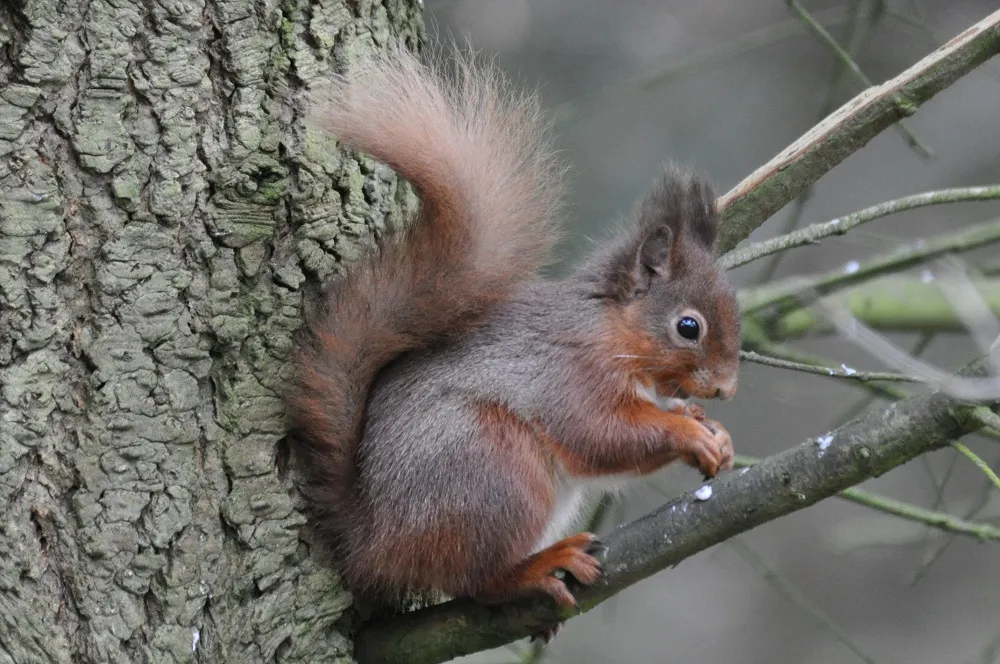Conservation work by the National Trust to eradicate the grey squirrel at Wallington estate in Northumberland – a location made famous by Beatrix Potter’s Tale of Squirrel Nutkin – has helped the red squirrel population thrive.
Threatened by disease and a loss of habitat, red squirrel numbers have fallen across the UK from approximately 3.5 million with the remaining constantly under threat from non-native greys.
Work was carried out to monitor the numbers of both species with co-ordinated grey squirrel control. As a result, the red squirrel population gradually began to resurface with 170 reds now on site.

Red squirrels have lived in the UK for around 10,000 years, until the greys were introduced from North America in 1876. The grey squirrel is largely accepted as the central reason for the decline of red squirrels, competing for food and shelter and transmitting the deadly squirrel pox virus. Once infected, they die of starvation or dehydration.
Glen Graham, head red squirrel ranger at the National Trust, said: “The constant presence of rangers, alongside the support of visitors and volunteers, is crucial to safeguarding red squirrel populations. Looking to the future, contraceptive methods and new technologies could provide long-term solutions but in the meantime, we need public buy in to protect one of Britain’s best loved species.”
Saturday 23 September marked the beginning of Red Squirrel Awareness Week, designed to continue conservation efforts for the protection of the Red Squirrel.
Other National Trust sites where red squirrels can be found include Borthwood Copse on the Isle of Wight, Brownsea Island in Dorset and Aira Force in the Lake District.